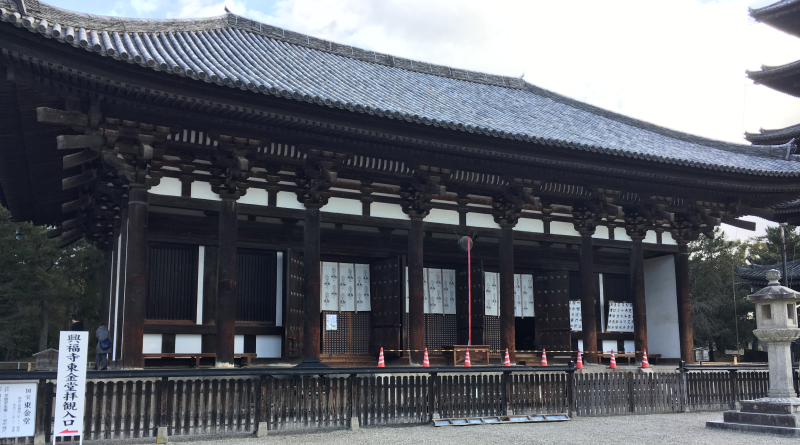
Kofuku-ji Temple, Ancient Nara’s Most Powerful Temple
The Daibutsu in Todai-ji, and Todai-ji itself are such big and popular attractions that it seems people think everything around Nara Park is part of Todai-ji. It’s not! In fact, there are other attractions in the area that have nothing to do with Todai-ji per se. One example is Kofuku-ji. Once the most powerful temple in Nara, today Kofuku-ji houses many national treasures and Buddha statues. With its roots going back as far as the 7th century, Kokuku-ji is great place to learn about Nara’s ancient history.
History of Kofuku-ji
Originally, Kofuku-ji wasn’t even in Nara at all! The original location of the temple was in Otsu, Shiga during the Asuka Period under the name Yamanashi Temple. During this time, Otsu was the capital of Japan during the reign of Emperor Tenji. He ordered the temple built in the hopes of curing Nakatomi no Kamatari. In the years that followed, the capital, as well as Yamashina Temple, moved back and forth between Asuka and several other places. Finally, the capital settled in Nara, and Fujiwara no Fuhito put the temple in its current location and renamed it Kofuku-ji. The temples was basically the private temple of the Fujiwara clan, and had strong ties with Kasuga Taisha, which is right next to Kofuku-ji.
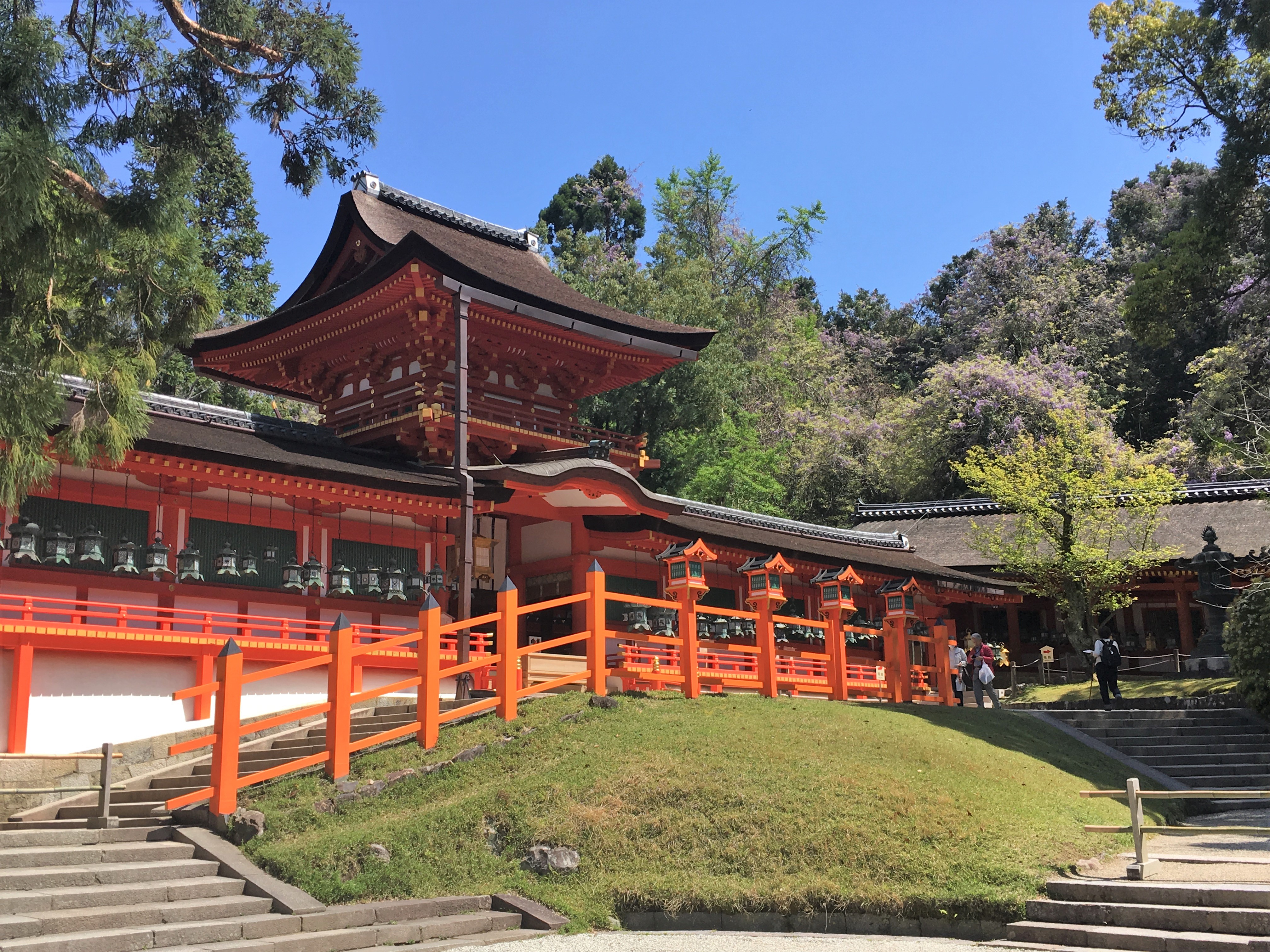
Appease the Gods!
In the Heian Period, Kofuku-ji gained so much authority with a number of militarily powerful temples, that they not only took in charge of Kasuga Taisha and became the strongest temple in Nara prefecture. What did they do to get so strong? Whenever there was an political issue they were unhappy with, they would go to the capital in Kyoto, carrying the mikoshi from Kasuga Taisha. There, they would insist that the gods were angry and that the only way to avoid catastrophe was to change said issue or policy. Even after the Taira clan burned the temple down in 1181, it remained the strongest temple in Nara. There were even times that Kofuku-ji was the central house of government for the Yamato region in both the Kamakura and Muromachi Period. Unfortunately, another massive fire in the 18th century burnt down the part of the temple, and to make matter worse at the beginning of Meiji era not only did people destroy the temple, but the government confiscated much of the temple grounds. Today, that confiscated land is Nara Park. Therefore, it might come as a surprise to many that what today seems to be such as small temple was once the strongest temple in Nara.
Temple Grounds
Kofuku-ji is located in the middle of the Nara Park, so it is very easy to find. Once you enter, you will immediately see the five story pagoda, the Gojyu no To [五重塔]. This pagoda is one of the most famous architectural structures in Nara. Empress Komyo ordered construction of the pagoda in 730, but over the years it burnt a number of times. That being said, the current building dates back to 1426, so it’s not exactly new. The Gojyu no To is registered as a Japanese National Treasure.
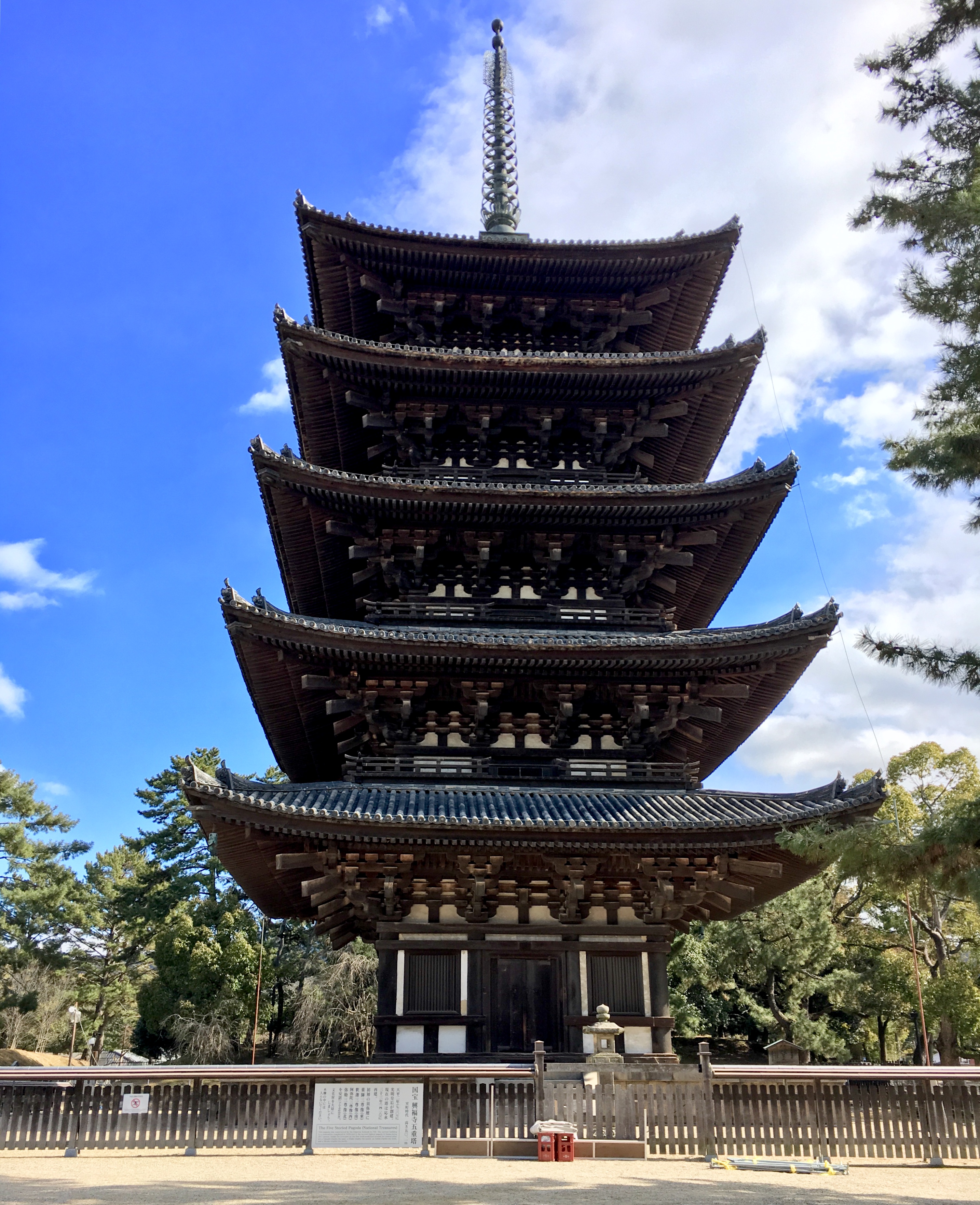
Unfortunately, the pagoda is usually not open to the public—opening only once every 5 years or so. 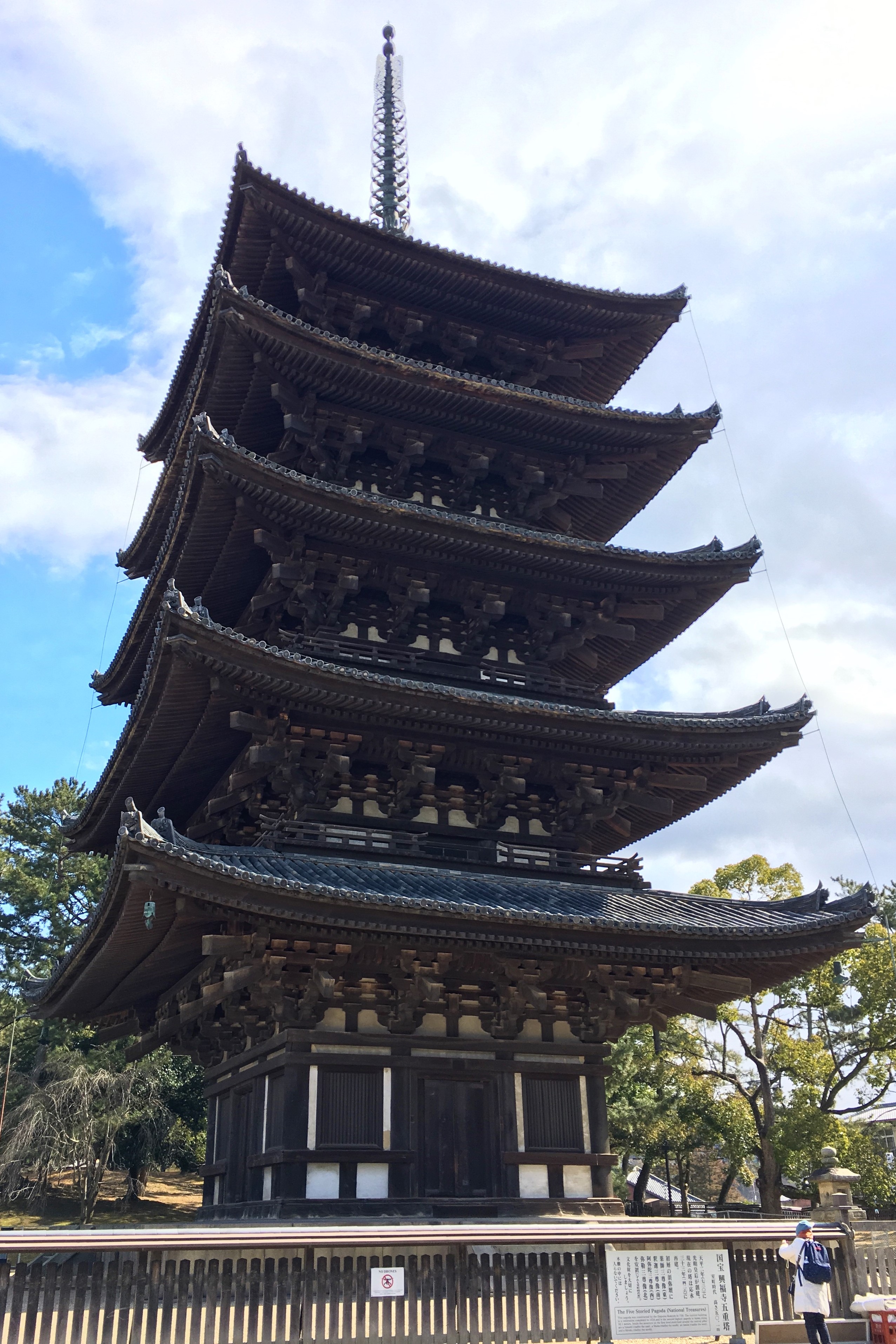
To-kondo
Next to Gojyu no To is the To-kondo [東金堂] or the East Kondo. The To-kondo is the main temple building in Kofuku-ji. It enshrines Yakushi Nyorai, and a number of famous statues such as Monjyu Bosatsu, a Japanese National Treasure.
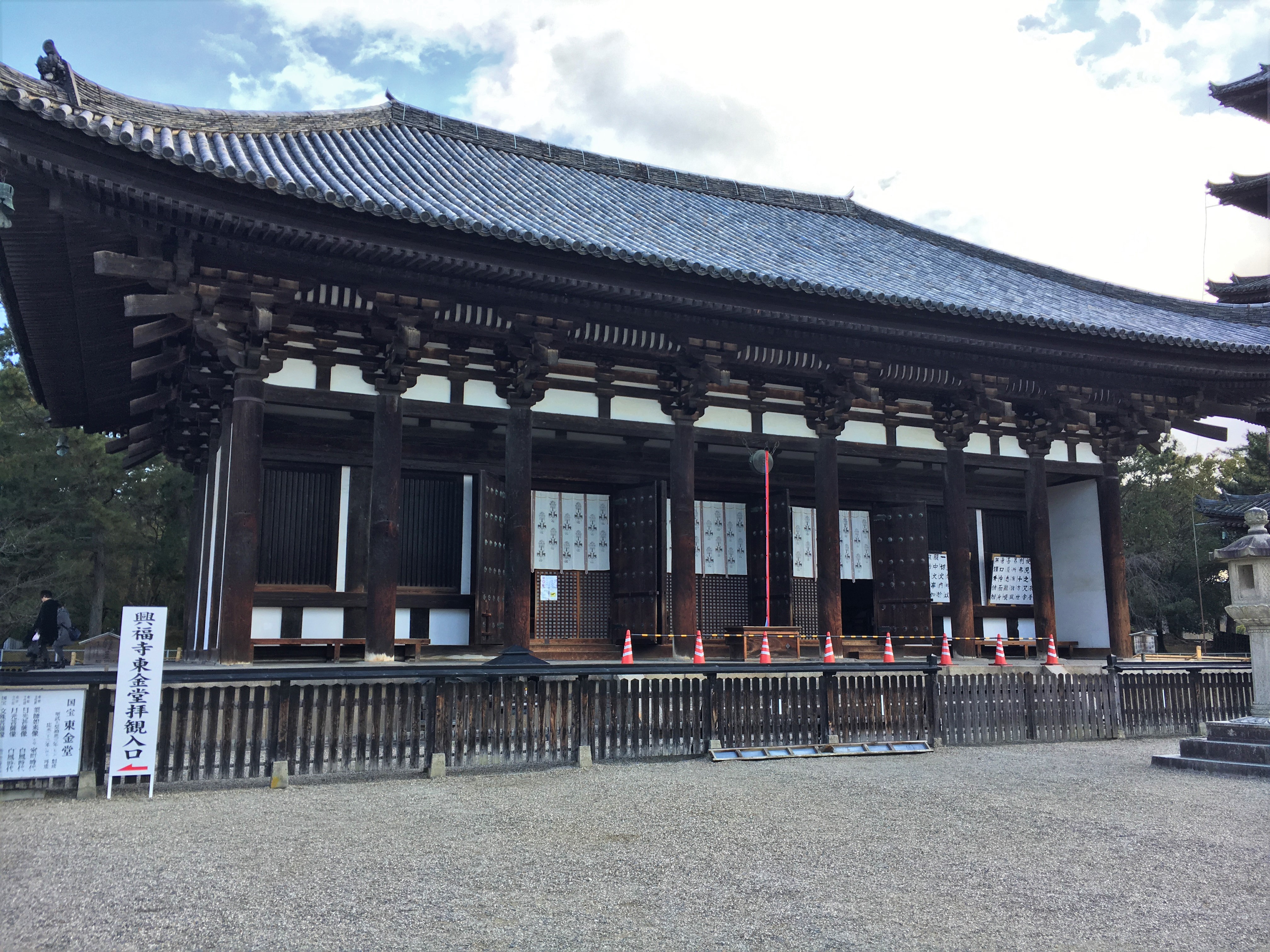
Hokuen-do (Japanese National Treasure)
Built by Prince Nagaya in 721, the Hokuen-do [北円堂] commemorates the one year anniversary of the death of Fujiwara no Fuhito. Although the building had to be rebuilt in 1208, its beautiful octagon design attracts many people. It is only open to the public twice a year in the spring and fall.
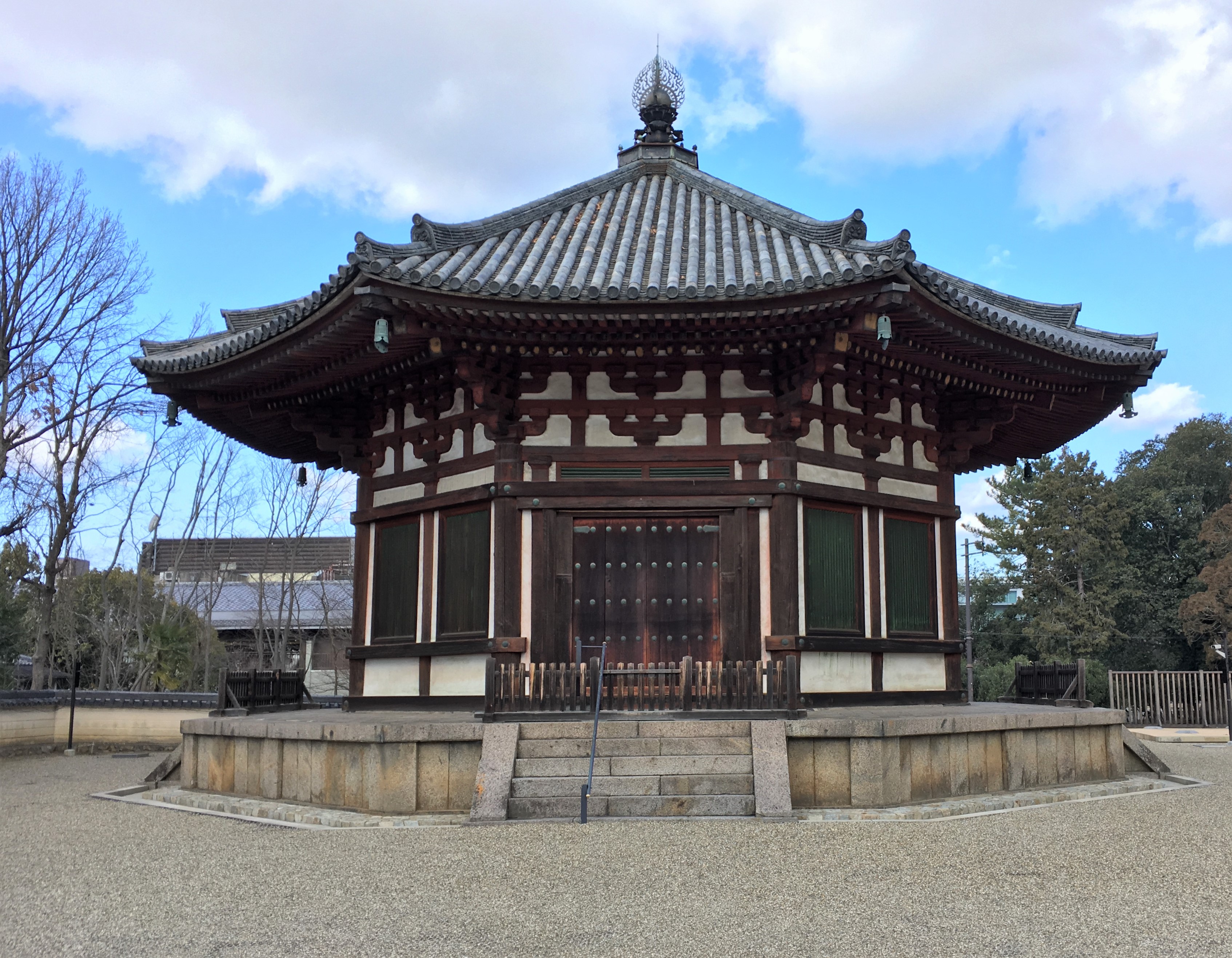
If you are around when the Hokuen-do is open, be sure to check it out! Inside this building are a number of rare ancient statues (also Japanese National Treasures)
Sanjyu no To
There story pagoda, or Sanjyu no To, is a bit away from the temple main area, but it is the oldest structure in Kofuku-ji and thus a Japanese National treasure. It was originally built in 1143, and after burnt down, the pagoda was quickly rebuilt in 1180.
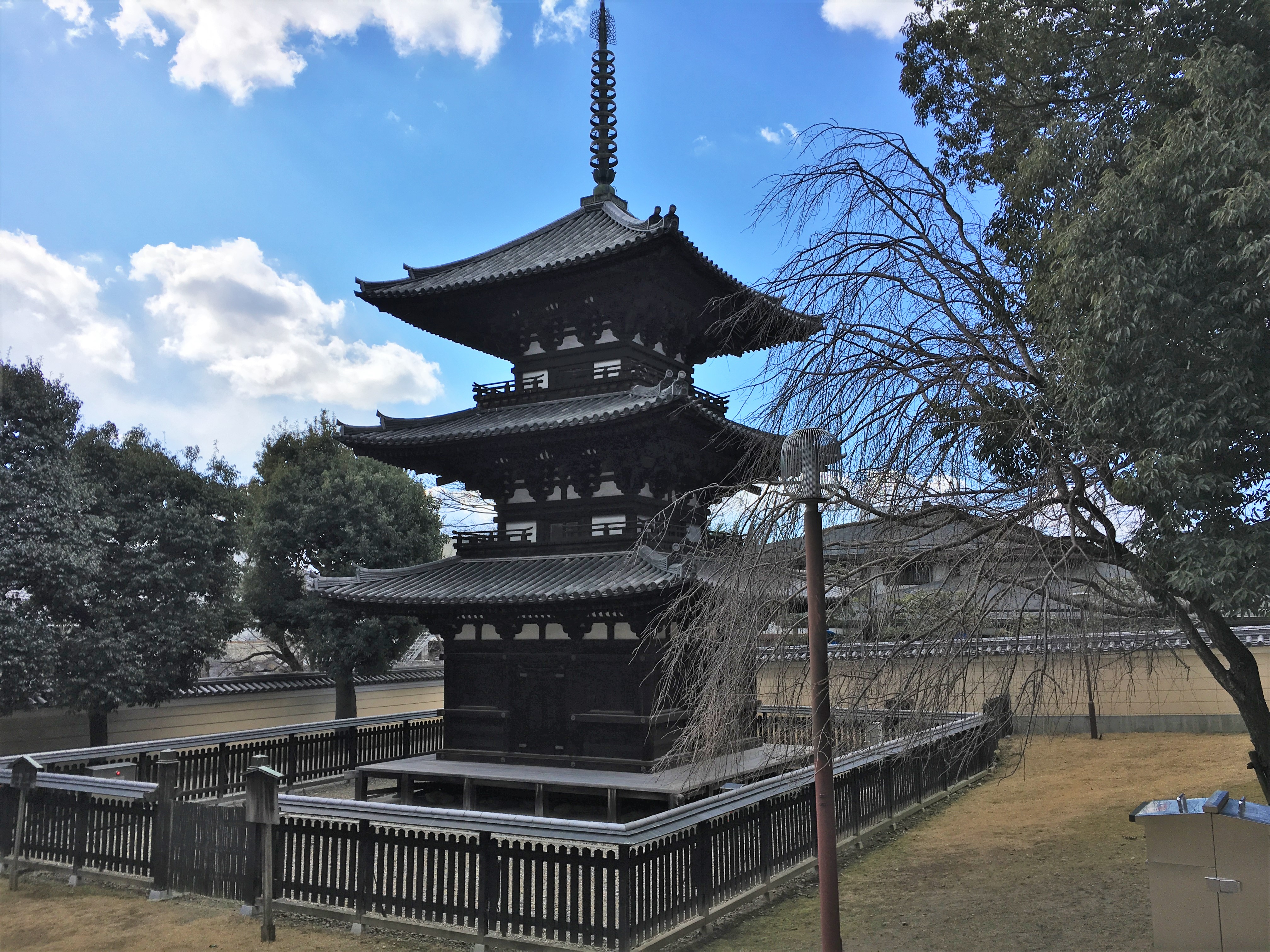
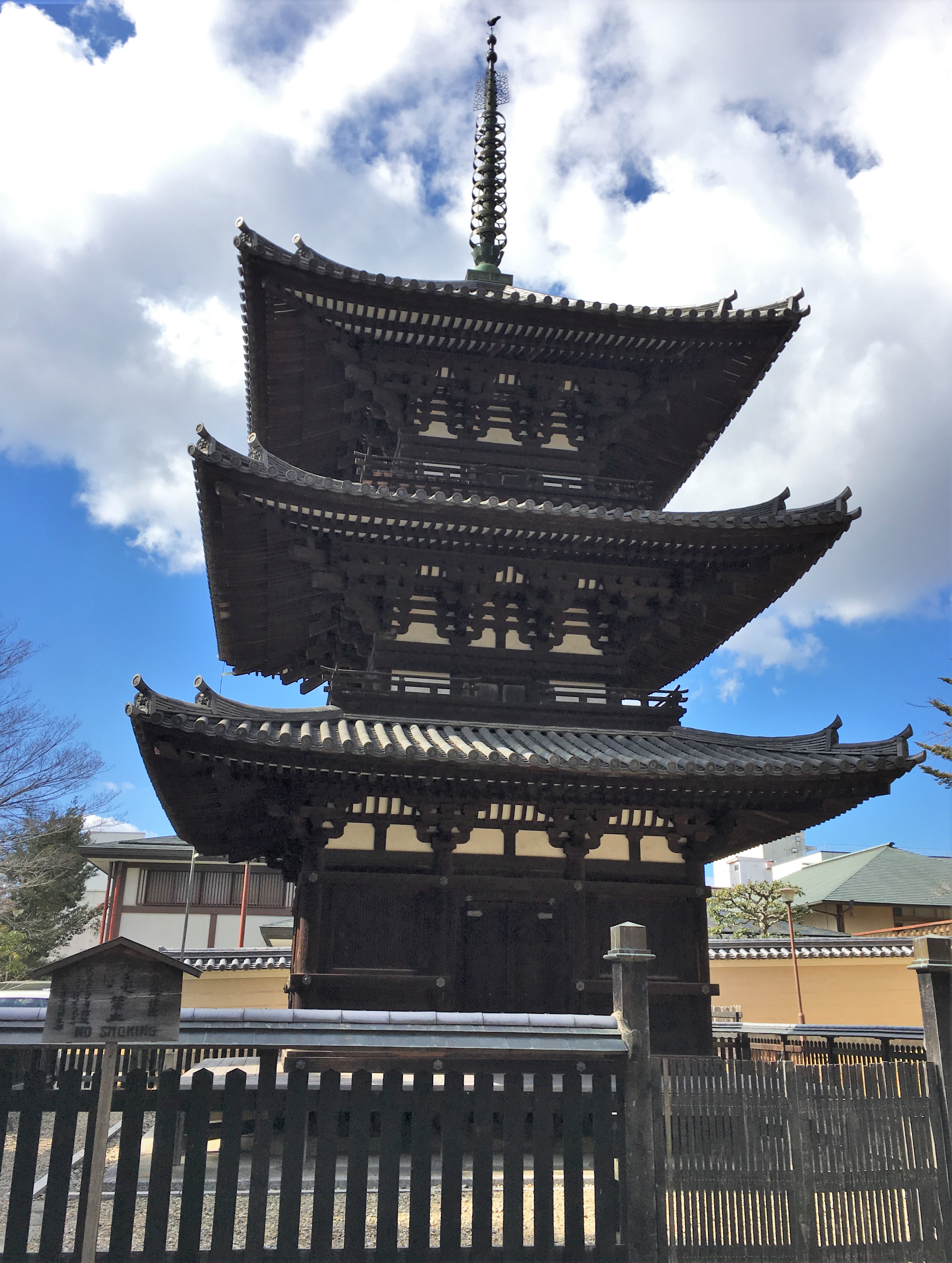
It is quite sad that the oldest building of Kofuku-ji is least popular in the temple ground. Don’t miss it!!
Points of Interest
Nanen-do
In the south of the temple grounds is Nanen-do [南円堂], which originally built in 9th century. Though it was rebuilt many times, Nanen-do is very popular as it is the 9th of 33 Saigoku Kannon Pilgrimage.
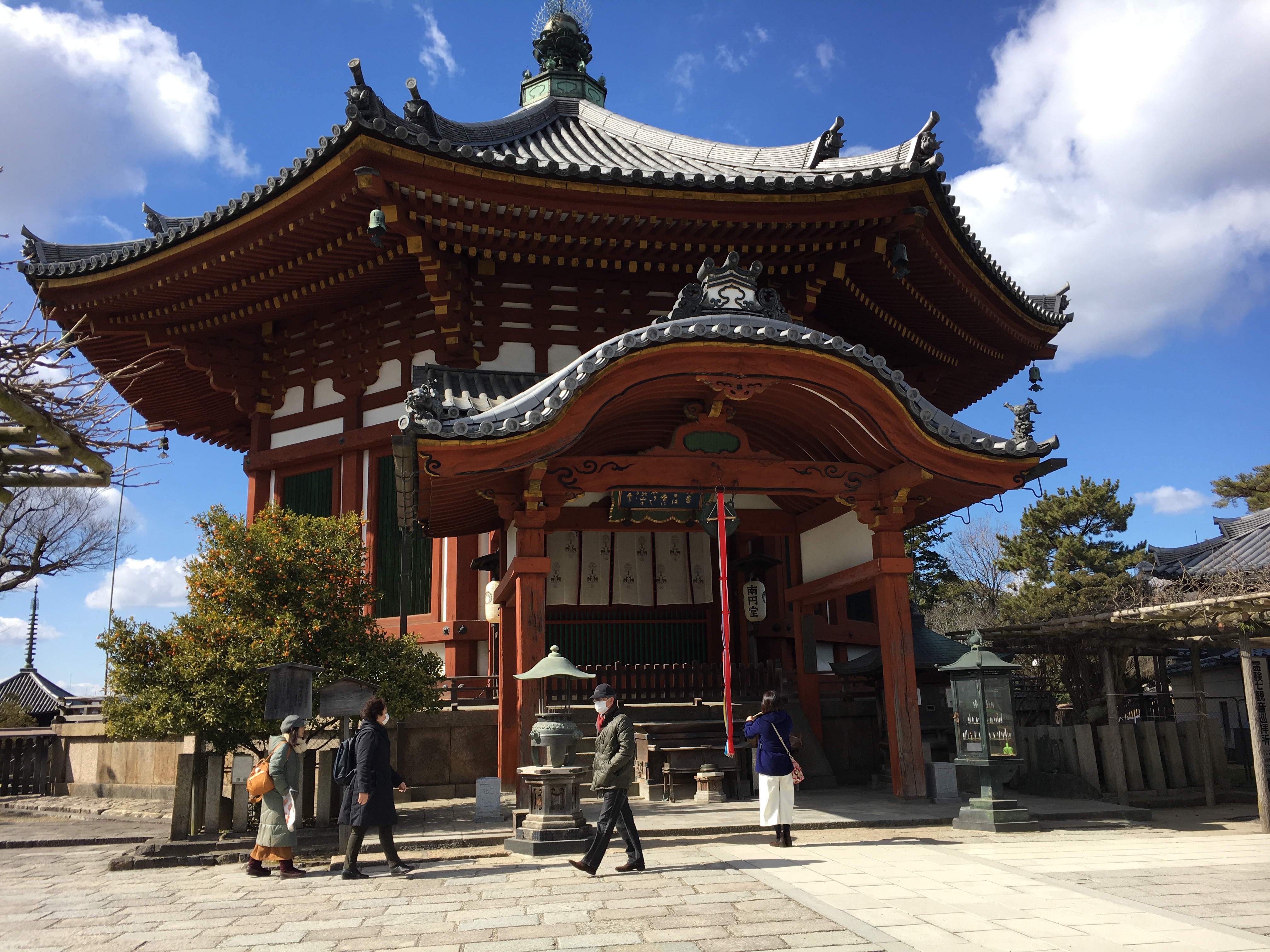
Inside is a Kannon statue of Saigoku Kannon Pirglimage that dates back to the Kamakura Period, but, it can be seen only on October 17th.
kokuho-kan(museum)
Although the pagoda and walking deer might be most popular at Kofuku-ji, you should also make time to see its excellent collection of Buddha statues. Most of the statues are safely stored in the national treasure museum, or Kokuhokan [国宝館], just next to the To-kondo. In the Kokuhokan you can see Kofuku-ji treasures quite closely. Unfortunately, we could not take any pictures. But take our word for it, there are many amazing Buddha statues here. Probably the best in Japan.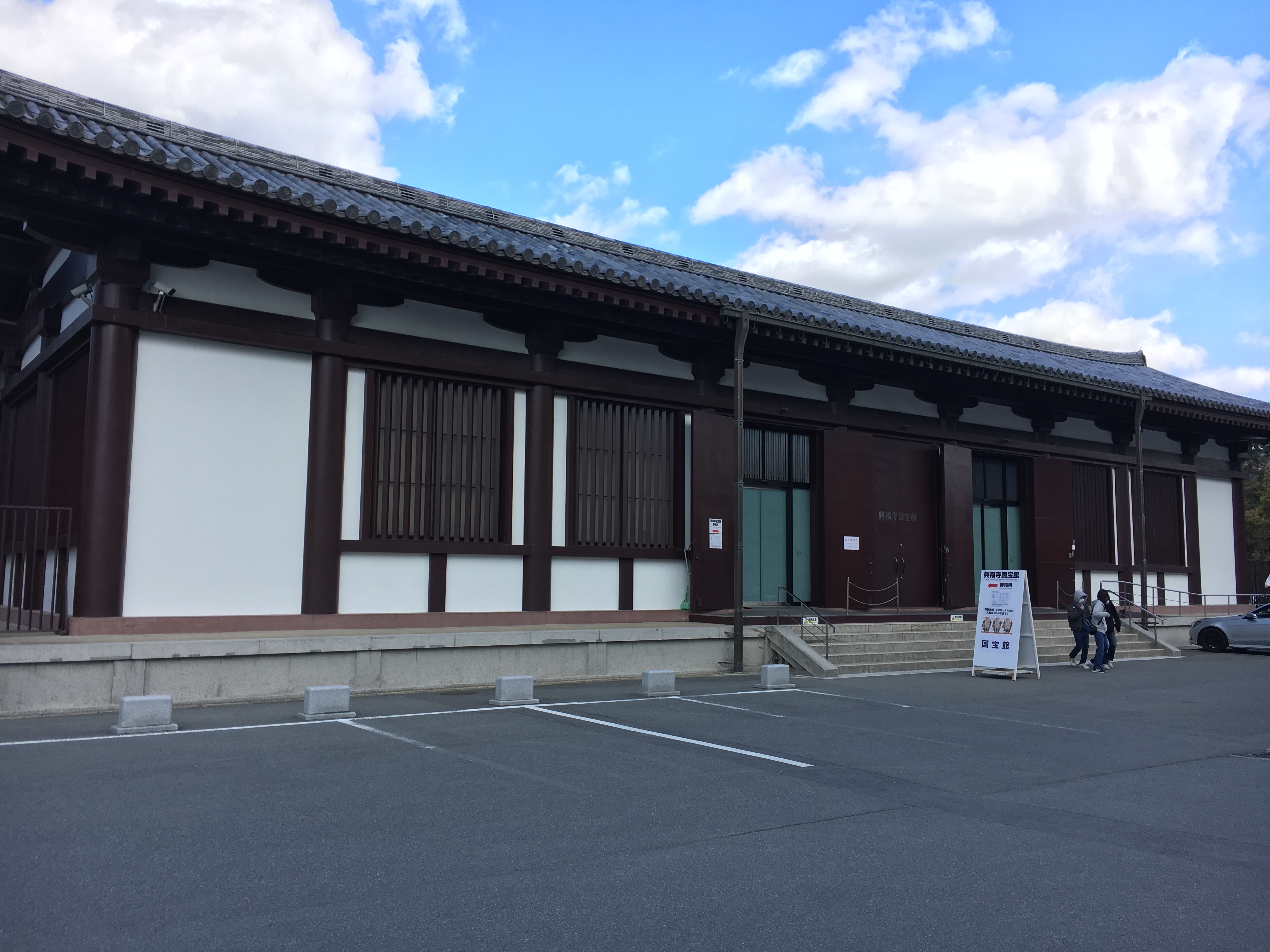

Kofuku-ji Temple
| Address | 48 Noboriojicho, Nara City, Nara Prefecture 〒630-8213 |
| Website | http://www.kohfukuji.com/ |
| Hours of Operation | Kokuhokan: 9:00-17:00 |
| Admission Fee | Temple Grounds: Free To-kondo: 300 yen Kokuhokan: 700 yen |
Coming next time, Let’s share a cold one! Dive in to our guide on Japanese beer! The adventure continues…
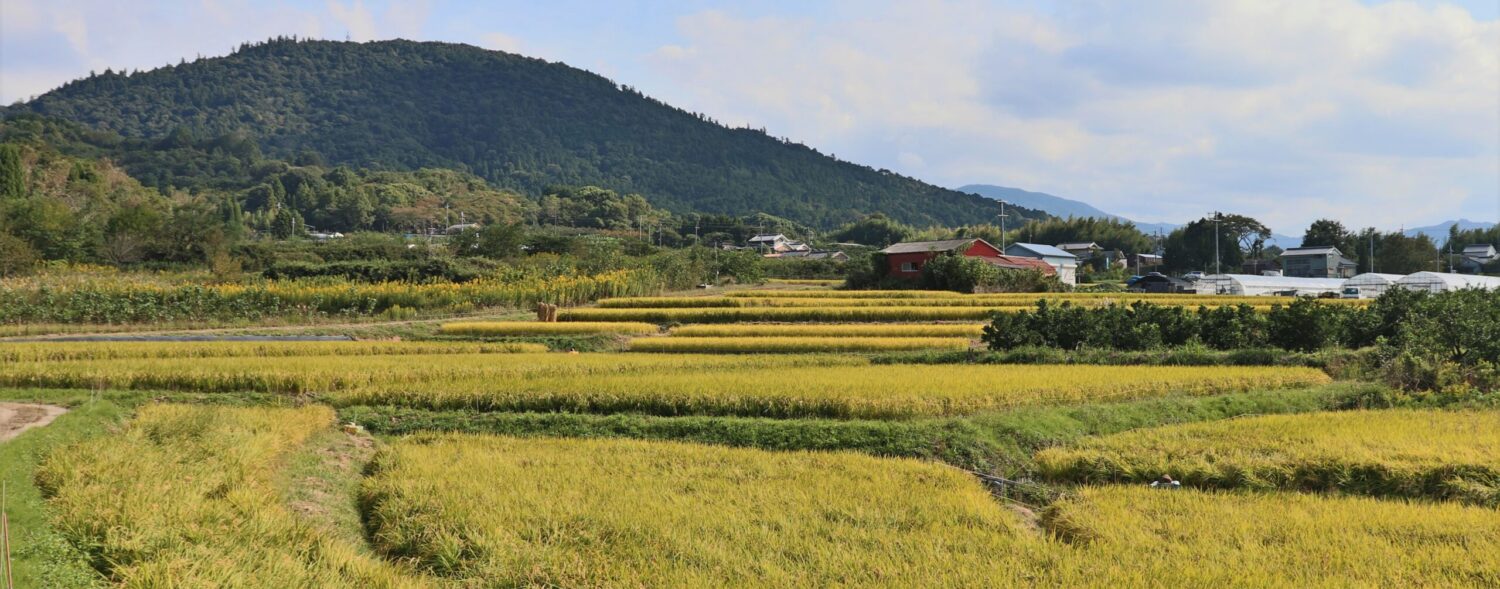
Leave a Reply